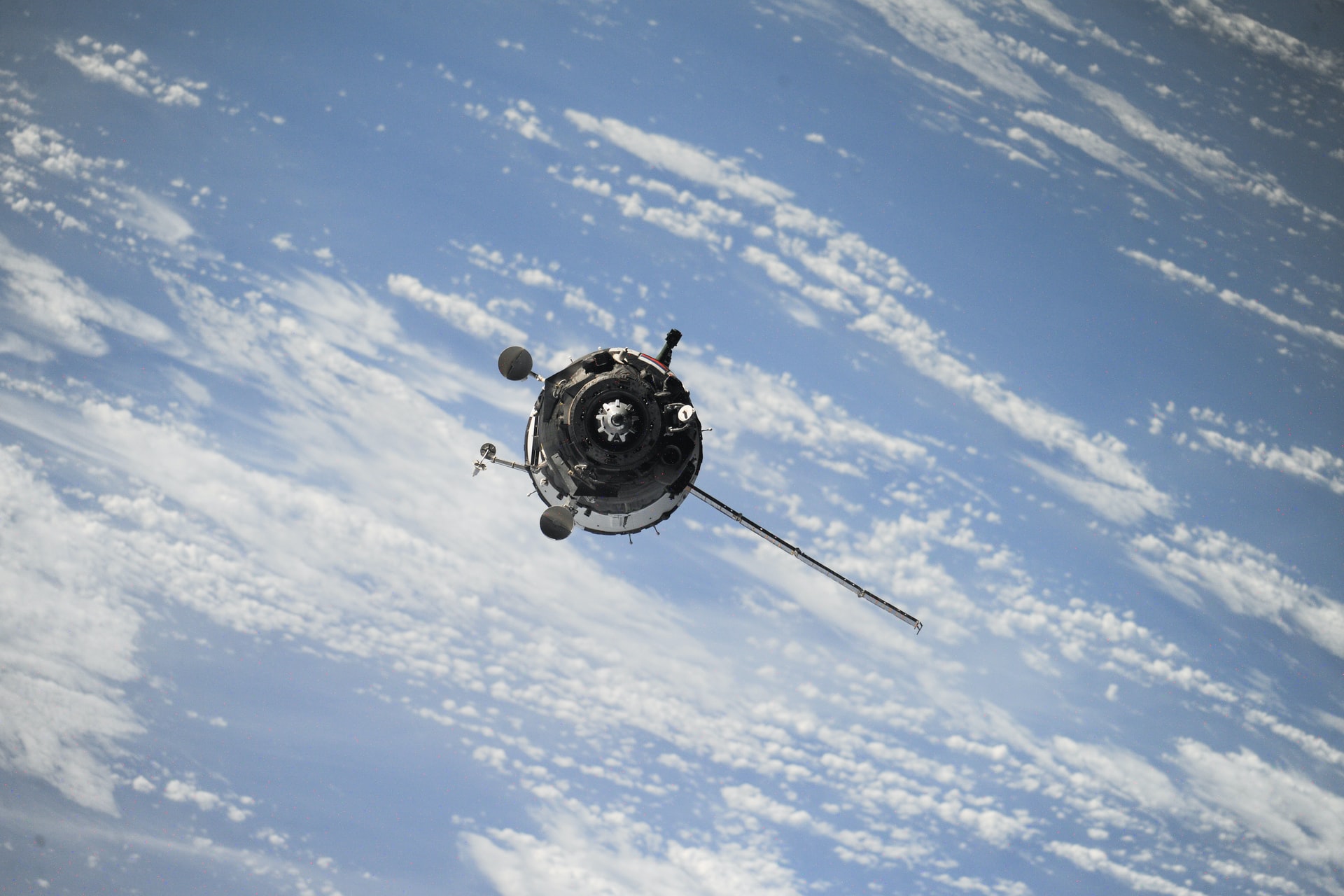I am delighted to report that our submission to the Horizon Europe programme for MAUVE a space instrumentation and technology project has been funded with an amazing score of 5/5 for science and technology excellence. The proposal will open a new paradigm for astronomy and planetary research and generate interest for future missions for access to stellar UV data which is currently very sparse. MAUVE will be designed and built by a consortium of space focused SMEs, and will be capable of observing over tens of different stars during its expected lifetime of 3 years, enabling studies of stellar flaring activity and exoplanet habitability.
We propose building a ready to launch Cubesat (MAUVE) optimised for the observation of stars in the Ultra Violet (UV) spectral window. MAUVE will be designed and built by a consortium of space focused SMEs, and will be capable of observing over tens of different stars during its expected lifetime of 3 years, enabling studies of stellar flaring activity and exoplanet habitability. The MAUVE program will demonstrate the potential for cubesats to deliver data to the astronomical and planetary community that complement and enhance the outputs of science satellites built by ESA and other space agencies. Our Cubesat will move from TRL3 to TRL 6 within this project and will prove a 16U configuration for delivering excellent science data, while developing the key technologies in the interface with the detector, the thermal design and high performance pointing accuracy. The project and its subsequent development is based on the basic philosophy underpinning delivery of Space 4.0 capabilities in Europe, the establishment of private-public partnerships, with a unique commercial approach to space science data delivery, building a global community of scientists with European leadership. The delivery of such a complete system on such a condensed timescale will be a breakthrough in the technology available to the space community, enabling a new era of space research and exploration.
Prof. Nigel Mason

